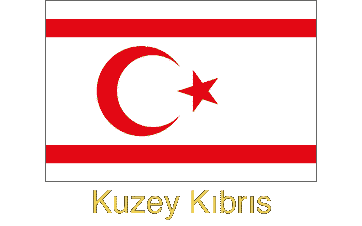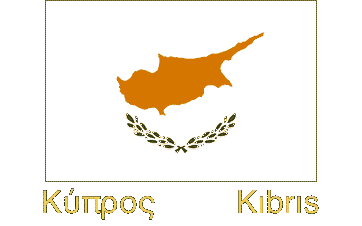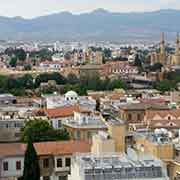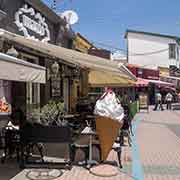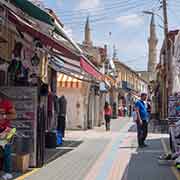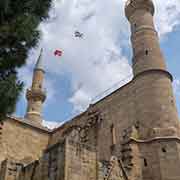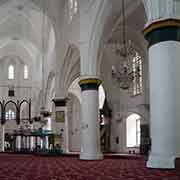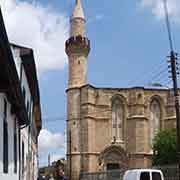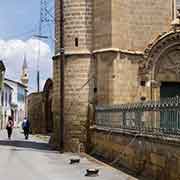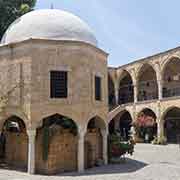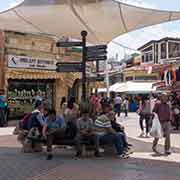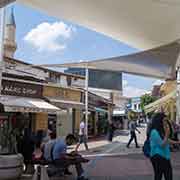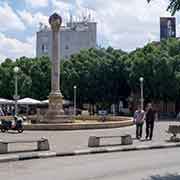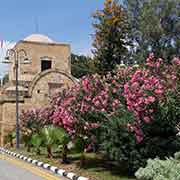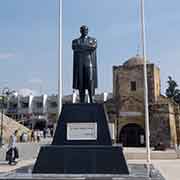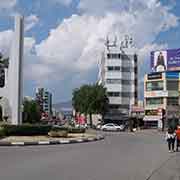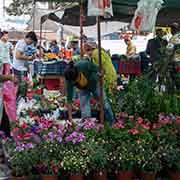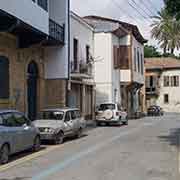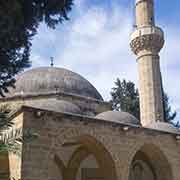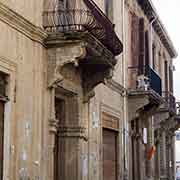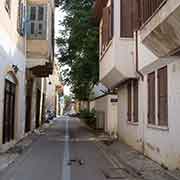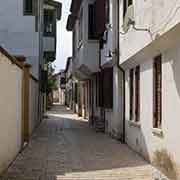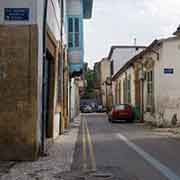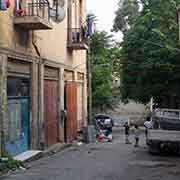Photos of Lefkoşa, the Turkish part of Nicosia, Cyprus
Lefkoşa, the Turkish part of Nicosia
North Nicosia (Kuzey Lefkoşa in Turkish) is now is the capital and largest city of the de facto but internationally unrecognised state of Northern Cyprus. It is north of the “Green Line”, the United Nations Buffer Zone, dividing it from the Greek sector and the Republic of Cyprus. In April 2003, two crossings were opened, and since 3 April 2008, the Ledra Street crossing has been open, allowing pedestrian traffic between the two sectors of the city.
you may then send it as a postcard if you wish.
Just north of the border is the Selimiye Mosque, the principal mosque of the city. It was the Roman Catholic Cathedral of Saint Sophia (Ayia Sophia), the oldest surviving Gothic church in Cyprus and its largest. It dated from 1209 and was probably built on the site of an earlier Byzantine church. In 1570 the city fell to Ottoman forces, who converted it to a mosque with two minarets. Another unique structure is the 14th century St. Catherine’s Church, now the Haydar Pasha Mosque.
In the centre of the walled city is Sarayönu, now named the Atatürk Meydanı; the square was the seat of a Lusignan palace. In 1550, during Venetian rule, a column was brought from the ancient city of Salamis and erected here. This Venetian column (or “Obelisk”, Dikiltaş in Turkish) still stands. It has been the cultural centre of the Turkish Cypriot community for a long time. The Büyük Han, built in 1572 by the Ottomans, was the largest caravanserai on the island and is one of the most important architectural works of that period in Cyprus. Nearby is the Bedestan, formerly the St. Nicholas Church dating from the 5th century and converted to a covered market during Ottoman rule.
The Kyrenia Gate (Girne Kapısı) in the Venetian wall at the northern part of the old city, constructed in 1567, can still be seen. The Ottomans restored it in 1821 with a lookout for a probable Greek revolt. A statue of Kemal Atatürk stands in front of it. And the old neighbourhood of Arab Ahmet, named after one of the Ottoman commanders in their conquest of Nicosia, is just north of the Green Line. It has a late 16th-century mosque and narrow streets leading to the border wall with the Greek sector.
